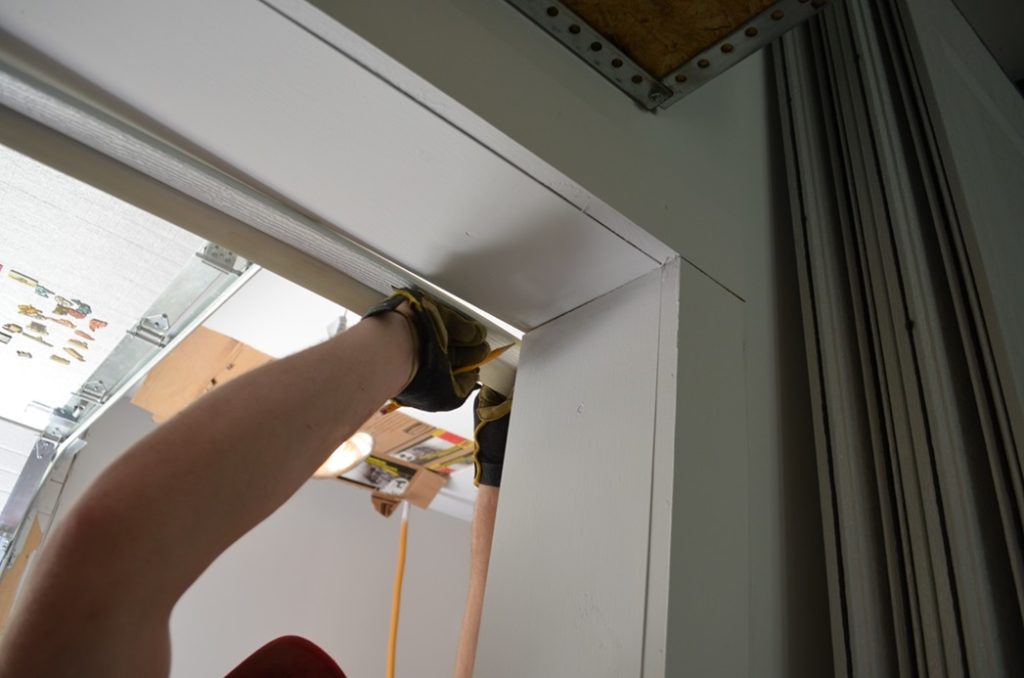Why put weather stripping on a garage door?
The Benefits of Installing Proper Garage Door Seal
Sealing your garage door with weather stripping is a crucial step towards maintaining a comfortable and energy-efficient home. Not only does it help keep out unwanted drafts and moisture, but it also plays a significant role in reducing energy bills by preventing heat loss or gain. Absolutely, sealing your garage door this is a smart and practical way to enhance the energy efficiency of your home. By keeping out drafts and moisture, you not only maintain a more comfortable indoor environment but also reduce the strain on your heating or cooling system. This can lead to noticeable savings on your energy bills in the long run. Investing in garage door seal is definitely a worthwhile step towards creating a more efficient and cost-effective living space.
Types of Garage Door Weather Stripping Materials and How to Choose the Right One
rubber seal, vinyl seal, brush strips for garage doors, DIY garage door insulation tips

Step-by-Step Guide to Install Correctly
Installing seal on your garage door can be a simple and rewarding DIY project. With just a few tools and materials, you can make a big difference in the comfort of your home.
Begin by assessing the condition of your current seal – if it’s worn out or damaged, it’s time for a replacement. Measure the dimensions of your garage door to ensure you purchase the right size material.
Next, clean the area where the new product will be installed to ensure proper adhesion. Cut the weather stripping to size, then attach it along the edges of the garage door using adhesive or nails as recommended by the manufacturer.

Make sure to press firmly on the weather stripping to create a strong seal that will effectively block out drafts and moisture. Test your newly installed product by closing the garage door – you should notice an immediate improvement in insulation.
By taking these simple steps to seal your garage door, you’ll not only enhance the comfort of your space but also save money on energy costs in the long run. It’s an easy and cost-effective way to improve your home’s efficiency while reducing environmental impact.

